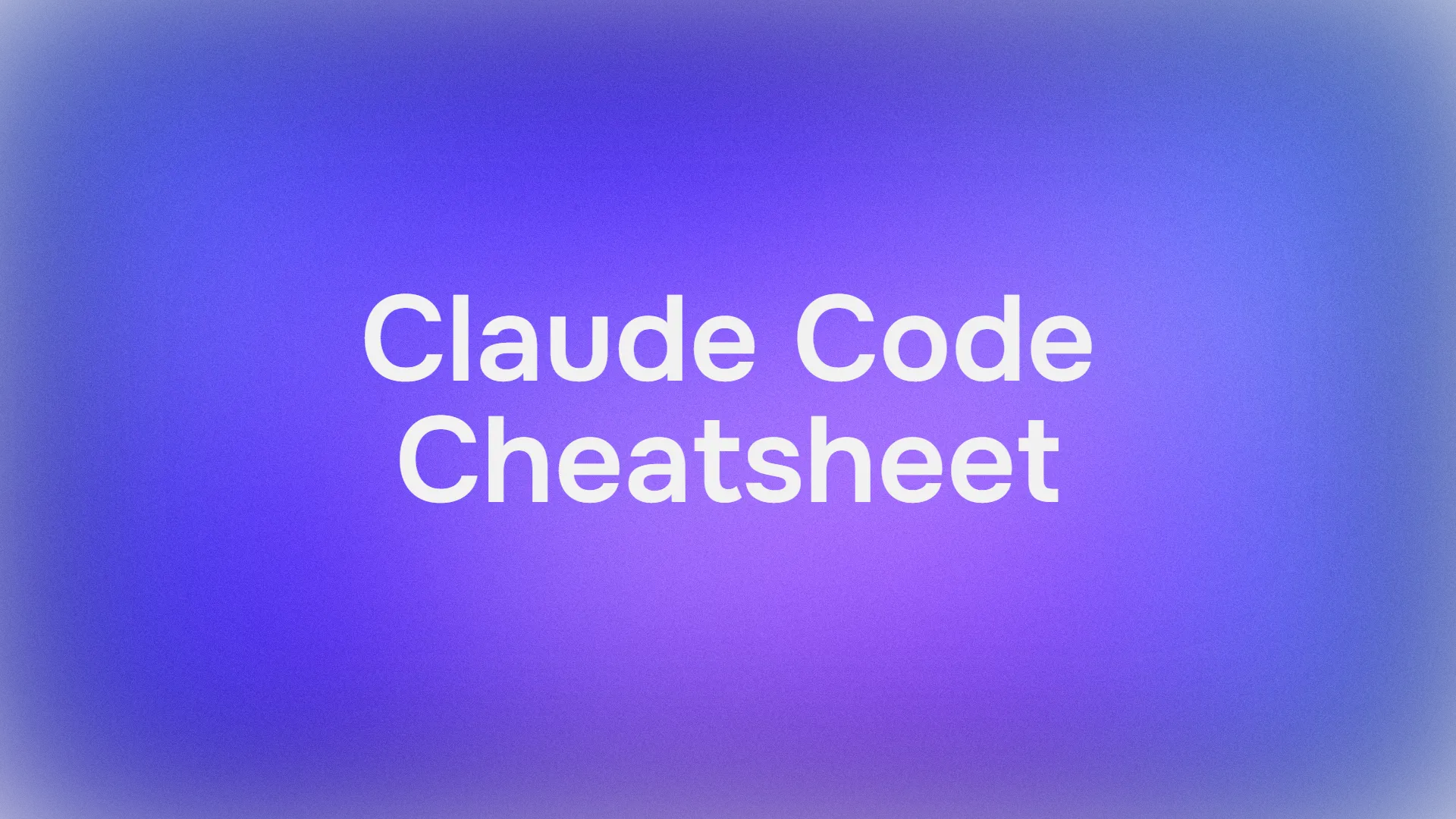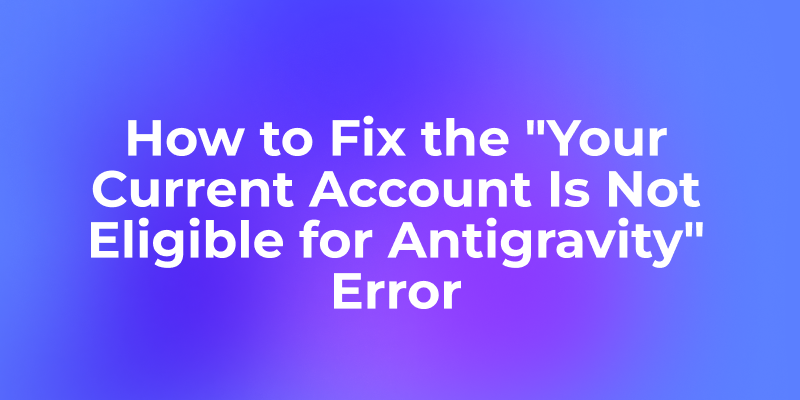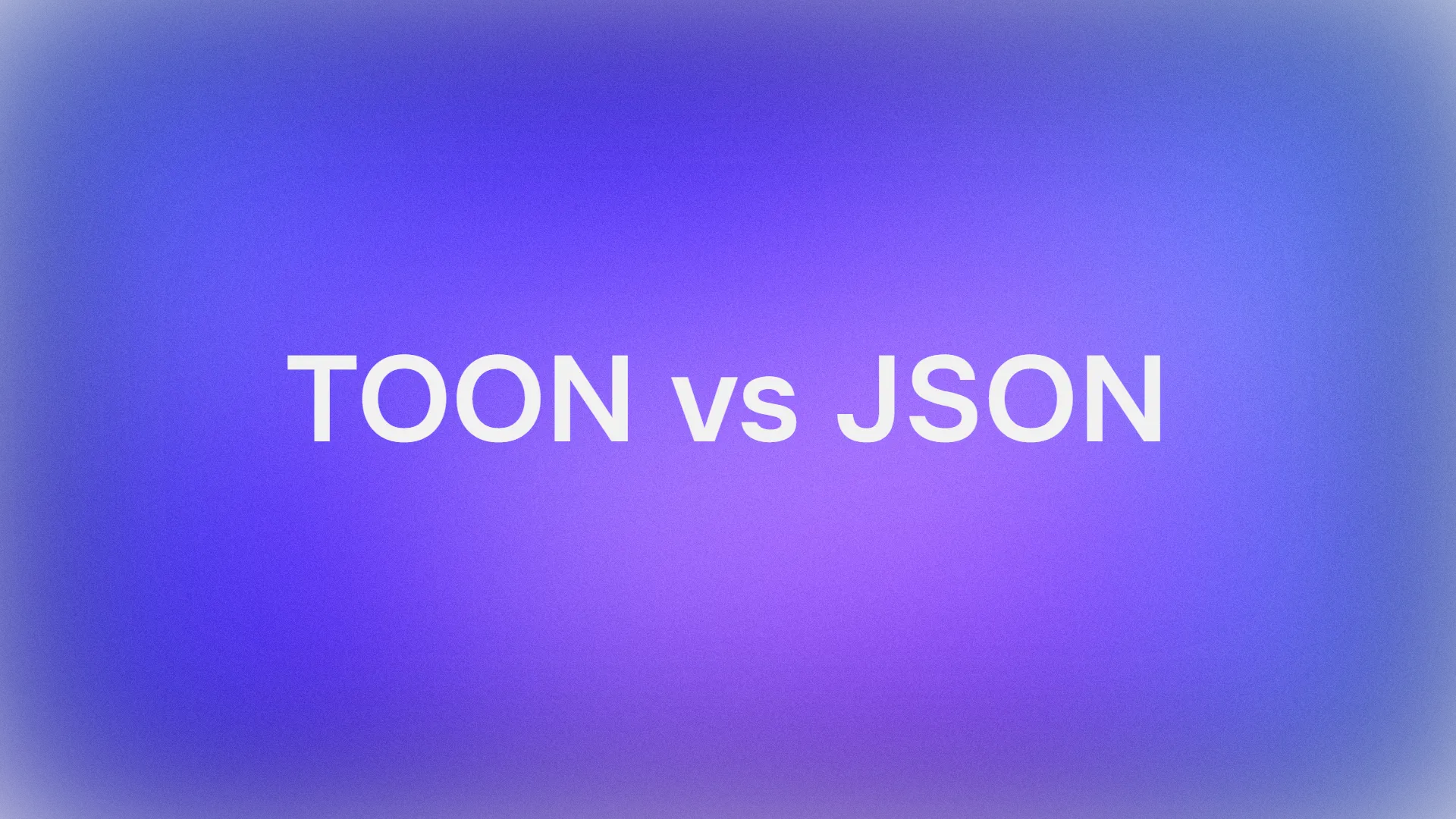Flutter is Google's UI toolkit for building beautiful, natively compiled applications for mobile, web, and desktop from a single codebase. This tutorial will guide you through the installation process of Flutter on Windows, macOS, and Linux operating systems.
While developing Flutter applications, you'll often need to test and interact with APIs. Apidog is an excellent alternative to Postman that offers a comprehensive set of features for API development and testing.
Why Consider Apidog?
Apidog provides a streamlined experience with features that make API testing more efficient:
- All-in-one Platform: API documentation, design, debugging, automated testing, and mocking in a single tool
- Intuitive Interface: User-friendly design with powerful capabilities
- Built-in Mock Server: Create mock APIs without writing any code
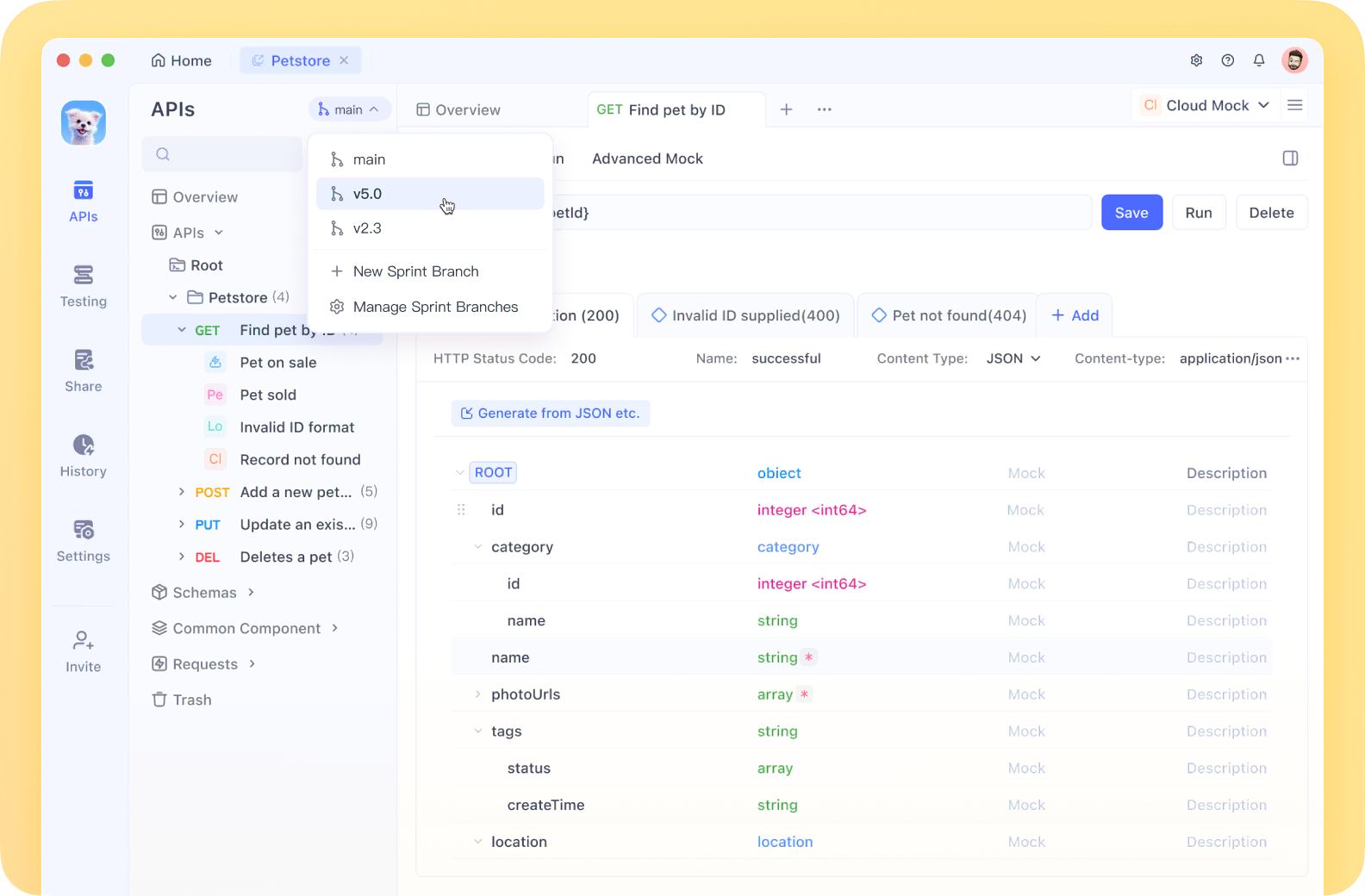
4. Collaboration Features: Real-time team collaboration with synchronized updates
5. OpenAPI Support: Import and export OpenAPI specifications seamlessly
6. Auto-generated Documentation: Create beautiful, interactive API docs automatically
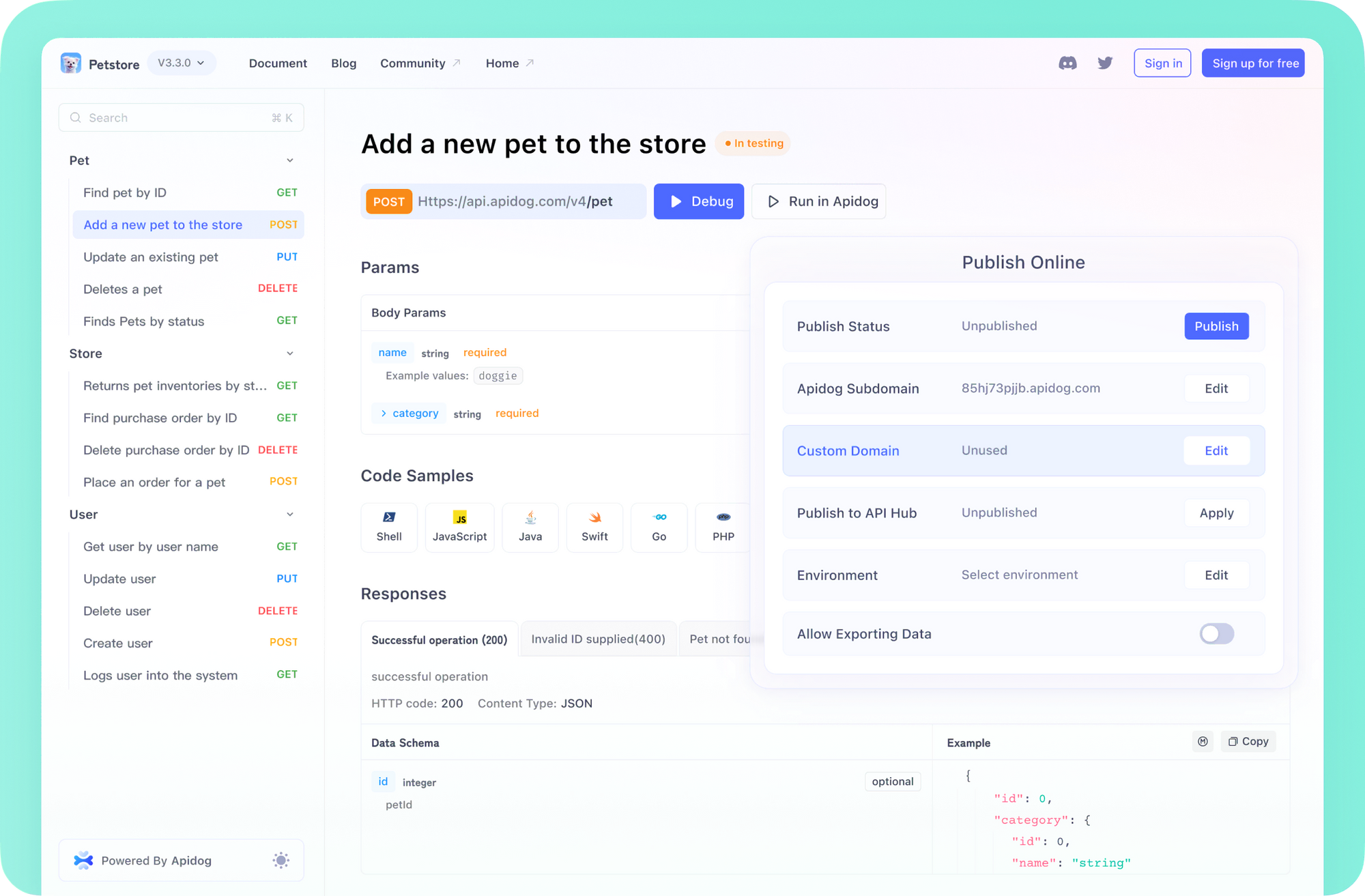
7. Advanced Testing Capability: Create complex test scenarios with powerful scripting
Getting Started with Apidog
- Visit apidog.com to download and install Apidog for your platform
- Create a free account to unlock cloud synchronization and team collaboration features
- Import your existing Postman collections or start fresh with Apidog's intuitive interface
By incorporating Apidog into your Flutter development workflow, you can streamline API testing and make your development process more efficient.
Flutter: A Quick Introduction
Flutter has revolutionized cross-platform app development by offering a single codebase approach with near-native performance. Before you can start building amazing apps with Flutter, you need to set up your development environment. This guide will walk you through the installation process step-by-step for each major operating system.
To get the most out of Flutter, you'll need to install:
- The Flutter SDK
- An IDE (like Visual Studio Code or Android Studio)
- Platform-specific tools (depending on your target platforms)
Let's dive into the installation process for each operating system.
Installing Flutter on Windows
System Requirements
- Operating System: Windows 10 or later (64-bit)
- Disk Space: At least 1.64 GB (not including disk space for IDE/tools)
- Tools: Windows PowerShell 5.0 or newer and Git for Windows
Step 1: Download Flutter SDK
- Visit the official Flutter website at flutter.dev/docs/get-started/install/windows
- Click on the "flutter_windows_[version]-stable.zip" link to download the latest stable release
- Extract the zip file to a desired location (e.g.,
C:\src\flutter). Note: Avoid installing Flutter in directories likeC:\Program Files\that require elevated privileges
Step 2: Update your path
- In the Windows search bar, type "env" and select "Edit the system environment variables"
- Click on "Environment Variables"
- Under "User variables", find the "Path" variable, select it and click "Edit"
- Click "New" and add the path to your Flutter
bindirectory (e.g.,C:\src\flutter\bin) - Click "OK" to save changes
Step 3: Run Flutter Doctor
- Open a new Command Prompt or PowerShell window
- Verify Flutter is in your path by running:
where flutter dart
- Run Flutter Doctor to identify any dependencies you need to install:
flutter doctor
Step 4: Install Android Studio (for Android development)
- Download and install Android Studio from developer.android.com/studio
- Launch Android Studio and go through the "Android Studio Setup Wizard"
- Install the latest Android SDK, Android SDK Command-line Tools, and Android SDK Build-Tools
- Accept the Android licenses by running:
flutter doctor --android-licenses
Step 5: Set up an editor
- Install Visual Studio Code or Android Studio
- Install the Flutter and Dart plugins for your chosen editor
- For VS Code: Open VS Code, go to Extensions, and search for "Flutter"
- For Android Studio: Go to Preferences > Plugins, search for "Flutter" and install it
Installing Flutter on macOS
System Requirements
- Operating System: macOS (64-bit)
- Disk Space: At least 2.8 GB (not including disk space for IDE/tools)
- Tools: bash, curl, git 2.x, mkdir, rm, unzip, which
Step 1: Download Flutter SDK
- Visit flutter.dev/docs/get-started/install/macos
- Download the latest stable release of the Flutter SDK
- Extract the file in your desired location (e.g.,
~/development):
cd ~/development
unzip ~/Downloads/flutter_macos_[version]-stable.zip
Step 2: Update your path
- Determine which shell you're using (zsh for newer macOS, bash for older versions):
echo $SHELL
- For zsh, edit
~/.zshrc. For bash, edit~/.bash_profile:
nano ~/.zshrc
- Add Flutter to your PATH:
export PATH="$PATH:~/development/flutter/bin"
- Save the file and run:
source ~/.zshrc
Step 3: Run Flutter Doctor
flutter doctor
Step 4: Install Xcode (for iOS development)
- Install Xcode from the Mac App Store
- Configure the Xcode command-line tools:
sudo xcode-select --switch /Applications/Xcode.app/Contents/Developer
sudo xcodebuild -runFirstLaunch
- Accept the Xcode license:
sudo xcodebuild -license
- Set up the iOS simulator:
open -a Simulator
Step 5: Install Android Studio (for Android development)
- Download and install Android Studio from developer.android.com/studio
- Launch Android Studio and follow the setup wizard
- Install the Android SDK, tools, and build tools
- Accept Android licenses:
flutter doctor --android-licenses
Step 6: Set up an editor
- Install Visual Studio Code or use Android Studio
- Install the Flutter and Dart plugins for your chosen editor
Installing Flutter on Linux
System Requirements
- Operating system: Linux (64-bit) such as Debian, Ubuntu, Fedora, or CentOS
- Disk space: At least 600 MB (not including disk space for IDE/tools)
- Tools: bash, curl, file, git 2.x, mkdir, rm, unzip, which, xz-utils, zip
Step 1: Install dependencies
For Ubuntu/Debian:
sudo apt update
sudo apt install -y curl git unzip xz-utils zip libglu1-mesa
Step 2: Download Flutter SDK
- Visit flutter.dev/docs/get-started/install/linux
- Download the latest stable release
- Extract it to your preferred location:
cd ~/development
tar xf ~/Downloads/flutter_linux_[version]-stable.tar.xz
Step 3: Update your path
- Determine your shell:
echo $SHELL
- Edit your profile file (
.bashrcfor bash or.zshrcfor zsh):
nano ~/.bashrc
- Add Flutter to your PATH:
export PATH="$PATH:~/development/flutter/bin"
- Save and reload the settings:
source ~/.bashrc
Step 4: Run Flutter Doctor
flutter doctor
Step 5: Install Android Studio
- Download Android Studio from developer.android.com/studio
- Extract the archive file and run the installation script:
cd android-studio/bin
./studio.sh
- Follow the setup wizard to install Android SDK, tools, and build tools
- Accept Android licenses:
flutter doctor --android-licenses
Step 6: Set up an editor
- Install Visual Studio Code or use Android Studio
- Install the Flutter and Dart plugins
Verifying Your Installation
Regardless of operating system, after installation, verify that everything is set up correctly:
- Open a terminal or command prompt
- Run the Flutter Doctor command to check for any issues:
flutter doctor -v
- Address any issues reported by Flutter Doctor
- Create a new Flutter project:
flutter create my_first_app
- Navigate to the project directory and run the app:
cd my_first_app
flutter run
If you see the default Flutter app running on your simulator or connected device, congratulations! You have successfully installed Flutter and are ready to start building cross-platform applications.
Conclusion
You've now successfully installed Flutter on your preferred operating system and are ready to start building beautiful cross-platform applications. Flutter's hot reload feature allows you to see changes in real-time, making development faster and more enjoyable.
Remember to keep your Flutter SDK updated by running flutter upgrade periodically, and explore the rich ecosystem of Flutter packages available.
Whether you're building mobile, web, or desktop applications, Flutter provides the tools and flexibility to bring your ideas to life with a single codebase. Happy coding!

